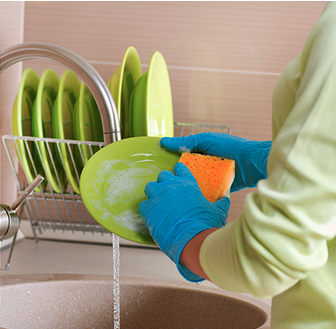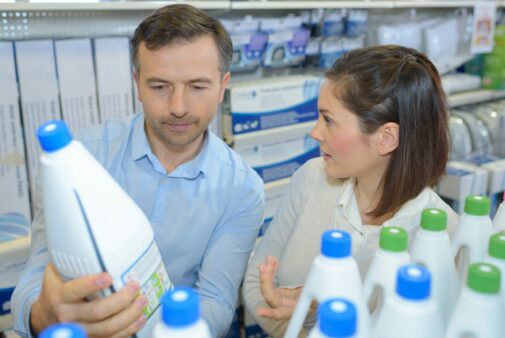Key Points/Overview
Surfactants make it possible for soap to mix with water by lowering the water surface tension.
Beyond soaps and detergents, surfactants are used in lubricants, inks, anti-fogging liquids, herbicides, adhesives, emulsifiers and fabric softeners.
The Human and Environmental Risk Assessment Initiative (HERA) has conducted risk assessments for several widely used surfactants and found that these chemicals do not have a negative impact on the environment in their current uses.
Surfactants added to cleaning agents, like detergent, allow the detergent to mix into water, helping cleaning agents remove dirt from the surface being cleaned. Without surfactants, soaps wouldn’t mix with the water, but would just roll off the water, making the cleaning process much more difficult.
Surfactants also are used as an ingredient in lubricants, such as shaving cream, where they allow razors to easily remove stubble and help limit irritation.
Surfactants added to car engine lubricants help keep particles from sticking to engine parts, allowing the parts to move easily and keep a car in proper running order.
Uses & Benefits
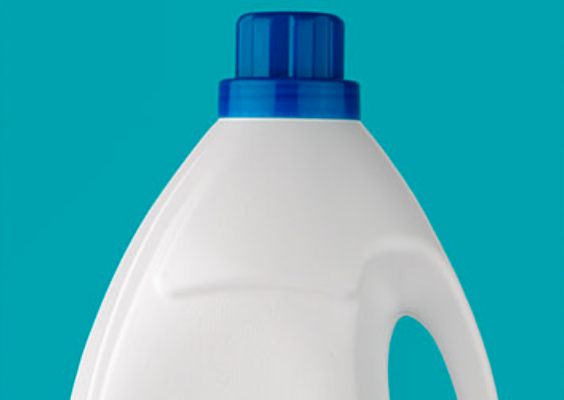
Surfactants added to cleaning agents, like detergent, allow the detergent to mix into water, helping cleaning agents remove dirt from the surface being cleaned. Without surfactants, soaps wouldn’t mix with the water, but would just roll off the water, making the cleaning process much more difficult.
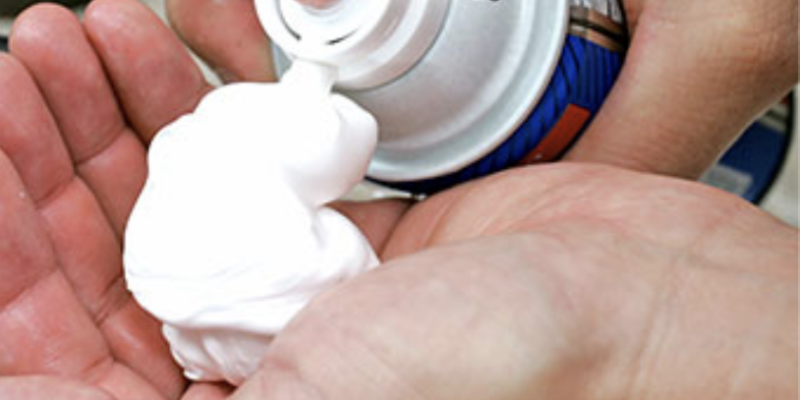
Surfactants also are used as an ingredient in lubricants, such as shaving cream, where they allow razors to easily remove stubble and help limit irritation.
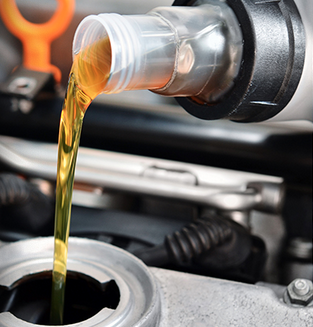
Surfactants added to car engine lubricants help keep particles from sticking to engine parts, allowing the parts to move easily and keep a car in proper running order.
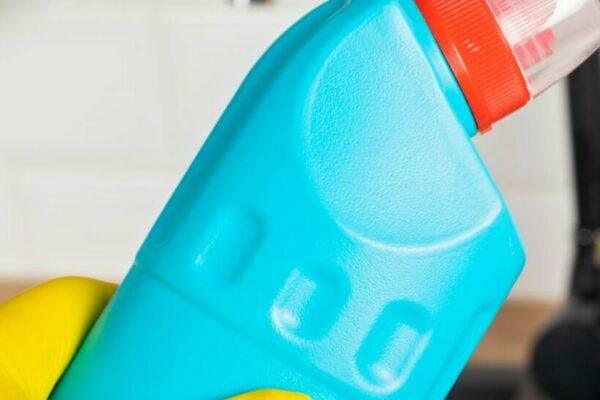
Safety Information
The Human and Environmental Risk Assessment Initiative (HERA) has brought transparency to risk assessments of cleaning products and the chemicals used to produce these products. HERA and its members have thoroughly reviewed multiple surfactants and have released their safety determinations.
Research co-authored by the American Cleaning Institute analyzed more than 250 studies on the environmental properties and toxicity of the four major high-volume surfactant classes used in a wide range of personal care and cleaning products. The paper highlights the many years of research that the surfactant and cleaning products industry has supported – as part of its commitment to environmental sustainability – to improve environmental tools and approaches and to develop innovative methods appropriate to address environmental properties of personal care and cleaning product chemicals. The study authors conclude that risk assessments demonstrate that these substances, although used in very high volume and widely released to the aquatic environment, have no adverse impact on the aquatic or sediment environments at current levels of use.

